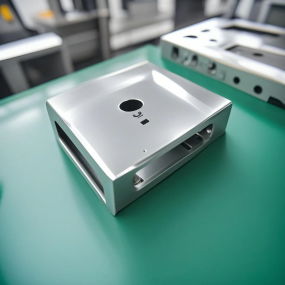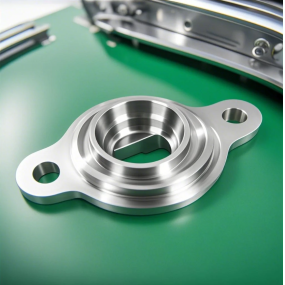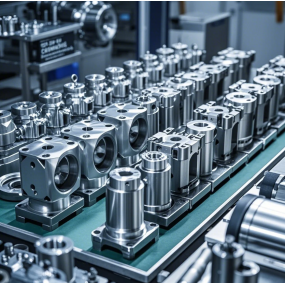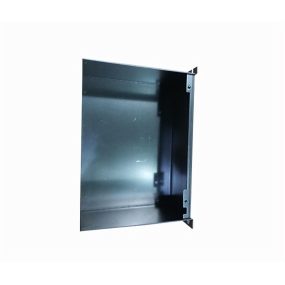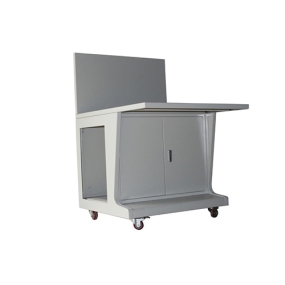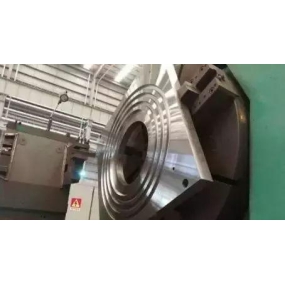Cutting vibration usually occurs in the turning of slender shafts, thin-walled components, etc. When the vibration becomes intense, severe vibrations with amplitudes exceeding tens of micrometers are usually accompanied by significant noise. When cutting, the vibration may exceed 100 μ m, and machining is possible, but leaving obvious vibration scratches on the machined surface is not allowed on the precision machined surface.
The vibration generated by metal cutting is a very harmful phenomenon.
1. Affects the surface quality of parts
If vibration occurs during machining, relative displacement will occur between the tool and the workpiece, resulting in vibration marks on the machining surface, which seriously affects the surface quality and performance of the component
2. Reduce the lifespan of machine tools and tools
When cutting vibration occurs, the process system is continuously subjected to dynamic AC loads, and the cutting tools are very prone to wear (even tool breakage). The connection characteristics of the machine tool are destroyed, and in severe cases, cutting cannot continue
3. Noise can cause harm to the health of operators
The noise generated during vibration can also harm the health of the operator.
In order to reduce vibration, it is sometimes necessary to lower the cutting amount and decrease the production efficiency of machine tool processing.
Therefore, in order to ensure the normal operation of this mechanical processing equipment, the control of cutting vibration has become increasingly important.
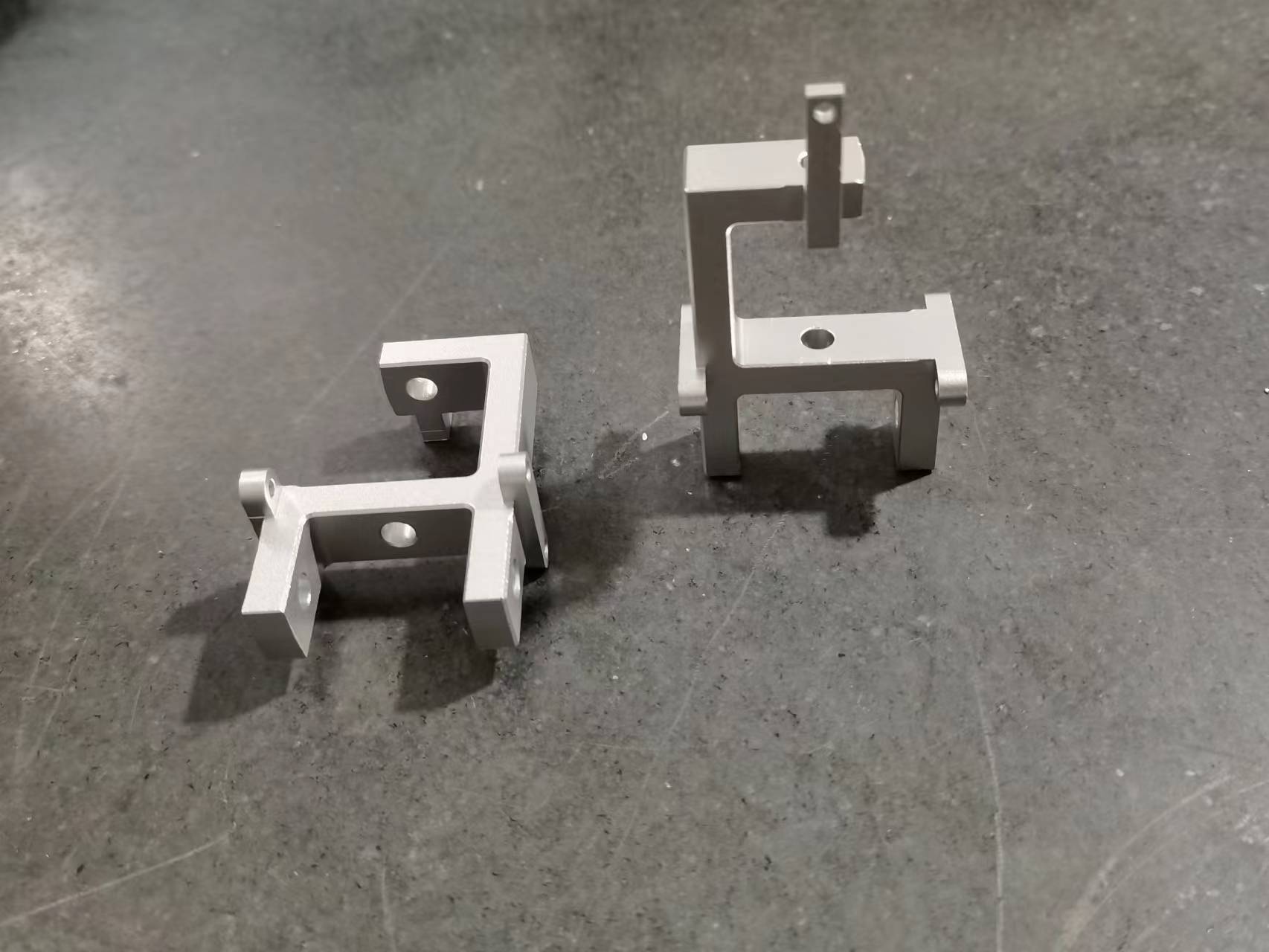


 Spanish
Spanish Arabic
Arabic French
French Portuguese
Portuguese Belarusian
Belarusian Japanese
Japanese Russian
Russian Malay
Malay Icelandic
Icelandic Bulgarian
Bulgarian Azerbaijani
Azerbaijani Estonian
Estonian Irish
Irish Polish
Polish Persian
Persian Boolean
Boolean Danish
Danish German
German Filipino
Filipino Finnish
Finnish Korean
Korean Dutch
Dutch Galician
Galician Catalan
Catalan Czech
Czech Croatian
Croatian Latin
Latin Latvian
Latvian Romanian
Romanian Maltese
Maltese Macedonian
Macedonian Norwegian
Norwegian Swedish
Swedish Serbian
Serbian Slovak
Slovak Slovenian
Slovenian Swahili
Swahili Thai
Thai Turkish
Turkish Welsh
Welsh Urdu
Urdu Ukrainian
Ukrainian Greek
Greek Hungarian
Hungarian Italian
Italian Yiddish
Yiddish Indonesian
Indonesian Vietnamese
Vietnamese Haitian Creole
Haitian Creole Spanish Basque
Spanish Basque


